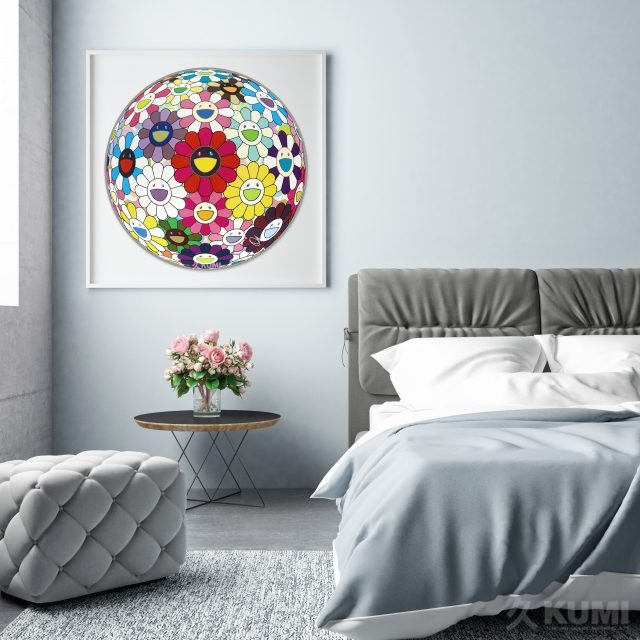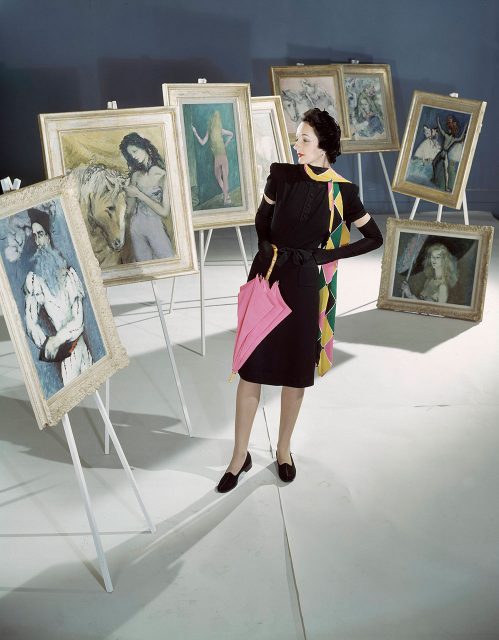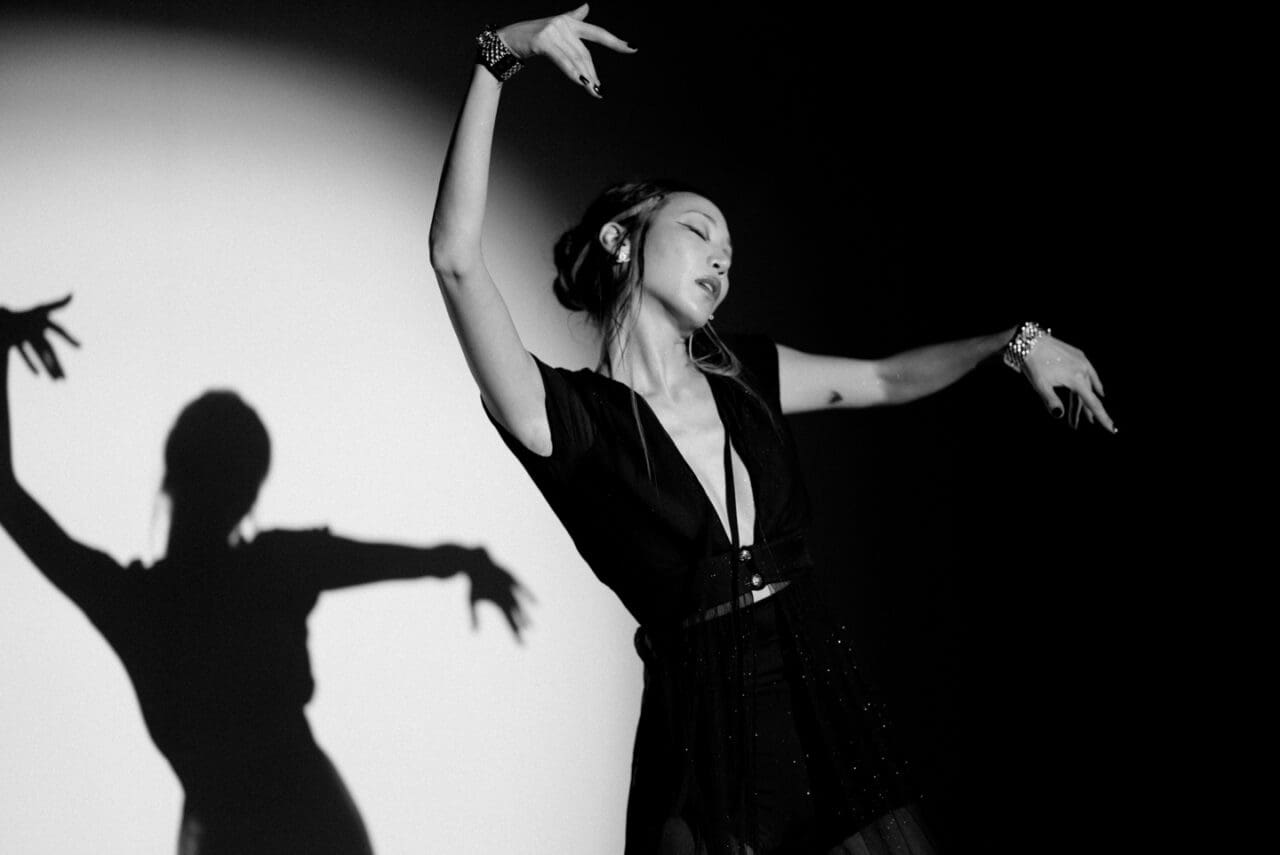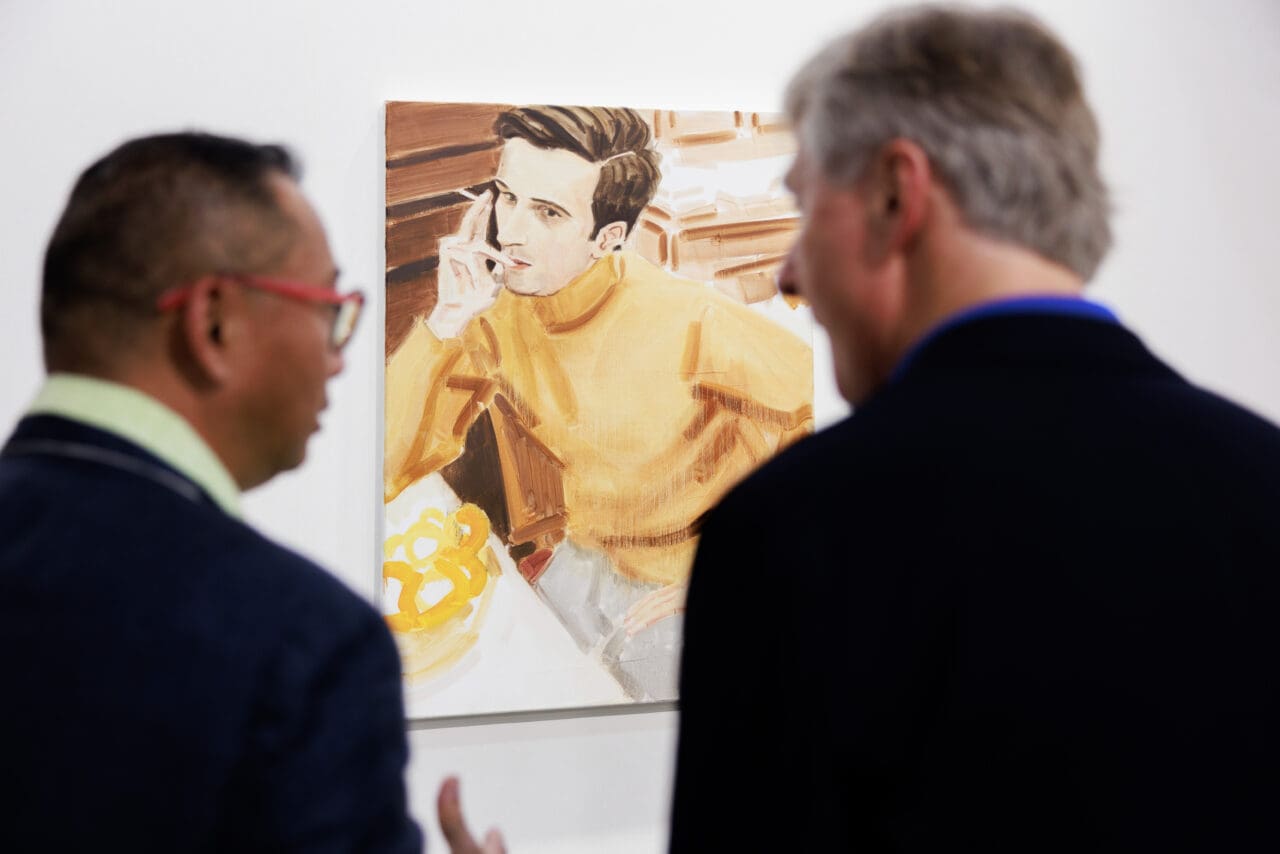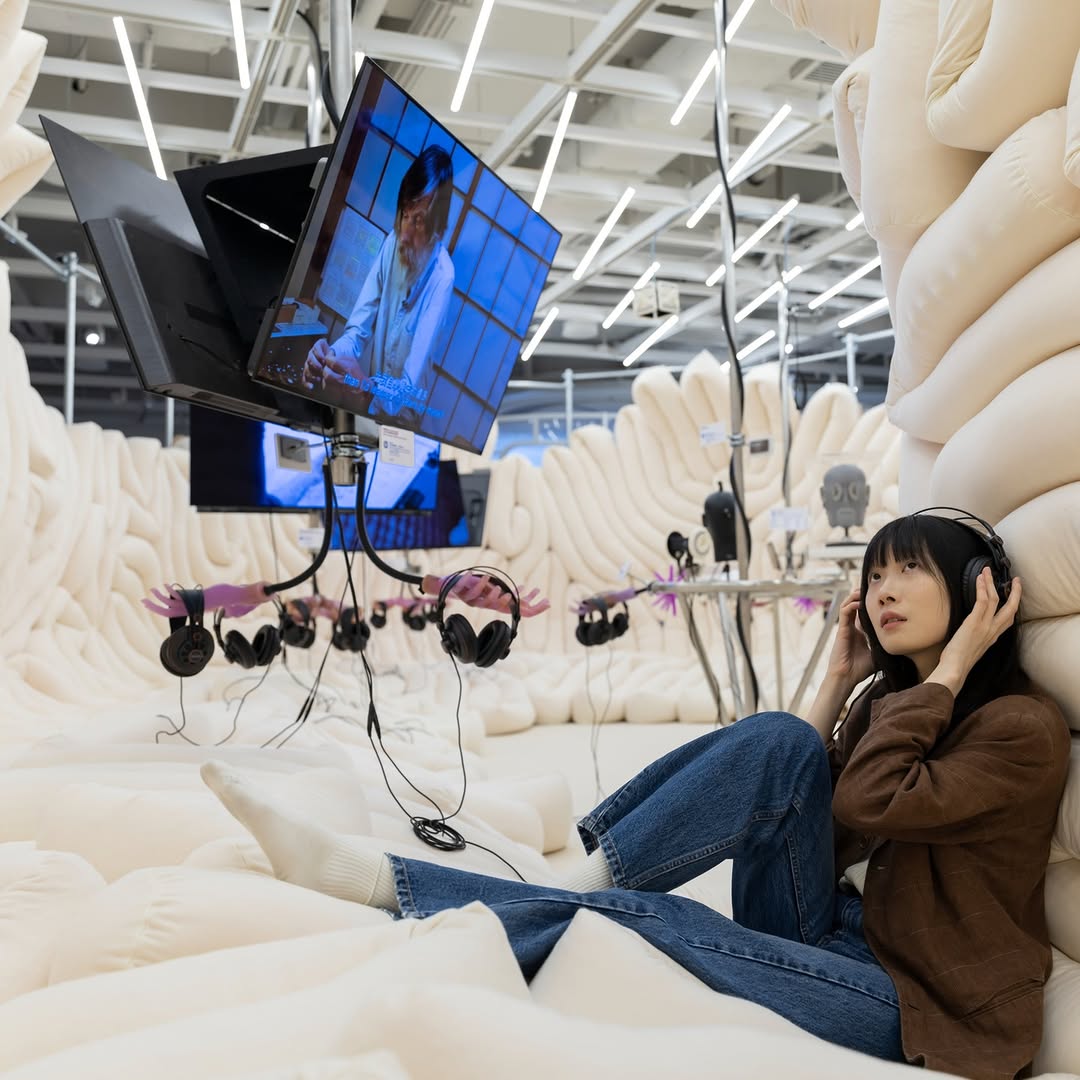Starting an art collection can be a daunting idea; one that is traditionally associated with high-profile exhibitions and public displays of emotion. But with art spilling out onto mainstream pop culture in recent decades and moving the masses, there’s never been a better time for anyone and everyone to get in on the action.
Flirted with the idea of building a collection, but have zero idea on how to execute it? Commit now with our super easy step-by-step guide.
1. Think about the kind of art you like
Do you take photos at M+ and use them as screensavers? Are you inspired by previous Met Gala themes and share curator Andrew Bolton’s passion for China: Through the Looking Glass? Or maybe you just think Kanye’s record sleeve art is really fun? Sit back and think about the kind of art you naturally gravitate to, before you start anything at all.
2. Research around it
When you’ve identified what turns you on, it’s time to dig deeper and research around it. This can be as easy as following artists and galleries on Instagram, wandering art fairs, museums and events, or more extensively through reading periodicals that cover the artists you admire. Keep the research fun and include your friends so you have people to discuss with. You’ll narrow down what you’re looking for, stumble upon new works, and get a gist of the price ranges.
3. Set a budget
Remember that it’s as easy to get carried away buying art as you would shopping at Lane Crawford. Put time into looking at your finances and deciding realistically what you can afford, and how much you intend to keep aside for the next, say, six months. Allotting a budget to a time frame rather than to pieces means you are flexible with what you buy. You may fall in love with a must-have that demands your entire six month budget, or you may collect a series of smaller works from an artist or group of artists who follow similar themes instead.
4. Invest in emerging artists
If it’s your first time and finances are limited, you might want to steer clear of Frida Kahlo or Yayoi Kusama, and focus more on the stars of tomorrow. Not only does this mean you can buy direct from the artist, but quite often there’s a chance to meet them, talk about the work and develop more emotional value with the piece. Names garnering huge buzz this year include Roamcouch, Taku Obata and Adriana Oliver.
5. Can’t afford originals? Buy limited edition prints instead
Many big artists produce signed copies of a short run of prints, a practice which dates back to Andy Warhol’s heyday, and these are just as collectable and lucrative. Limited edition prints are a fraction of the original’s price and could be the only way many can get a KAWS, Takashi Murakami, Jeff Koons or Banksy masterpiece into their homes. Artists like Jacky Tsai and Ben Frost sell limited edition prints direct, but the superstar artists are usually found at reputable dealers such as Verso, Kumi or Case Studyo.
6. Go to the fairs
Places to buy art range from galleries and auctions to stores and museums. However, the most enjoyable way is undoubtedly at an art fair, where you’ll have thousands of works across different mediums to choose from. Check out Hong Kong’s golden trio of annual fairs; Art Basel, selling both established and emerging artists, the Affordable Art Fair, where you can purchase works for as little as HK$1,000, and Art Central Hong Kong, a more relaxed, festival-like atmosphere for art and collectors.
7. Pay for premium delivery services
The art market of course favours works in pristine condition; anything else will have a detrimental effect on value and resale, so don’t even think about shortcuts when it comes to shipping and insurance. It’s best to have your piece framed in the country of purchase, with a UV or museum glass frame, and then have it delivered to you. If the artwork can only be sent in a tube and you don’t intend to frame immediately, then at least keep it flat to allow fibres to relax naturally.
8. Display away from sunlight, heat and humidity
Pick your display location carefully, taking into account three key factors. Sunlight will fade pictures, so stay away from conservatories. In addition, beware of heat and humidity, as this will cause swelling and contraction of the artefact’s materials. Bathrooms and small kitchens are therefore a definite no-no. On a final note, you’ve (hopefully) chosen something you love, so hang it at eye level for enjoyment without having to crouch down or stand on your tiptoes every day.
Editor
James WongCredit
Header image: Getty Images
